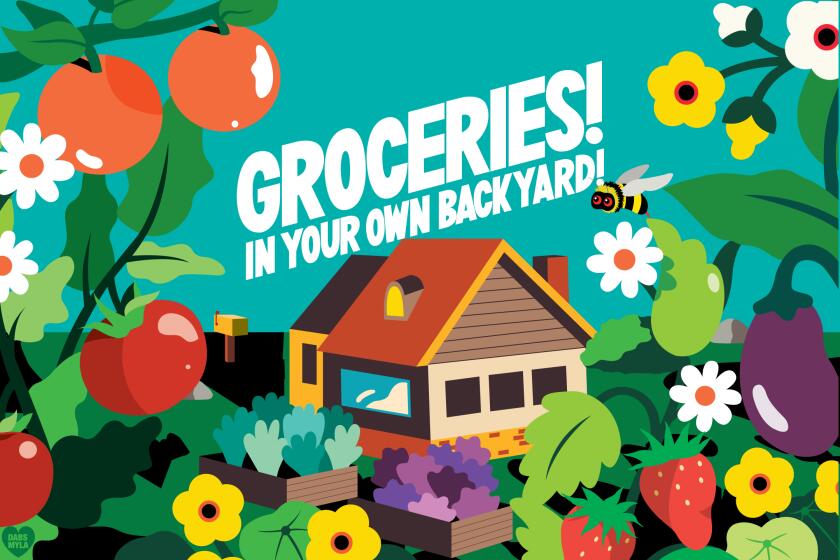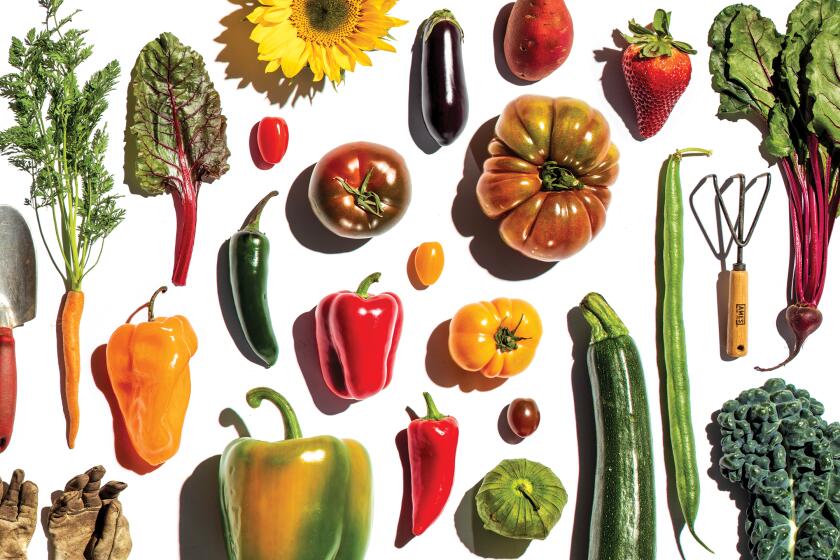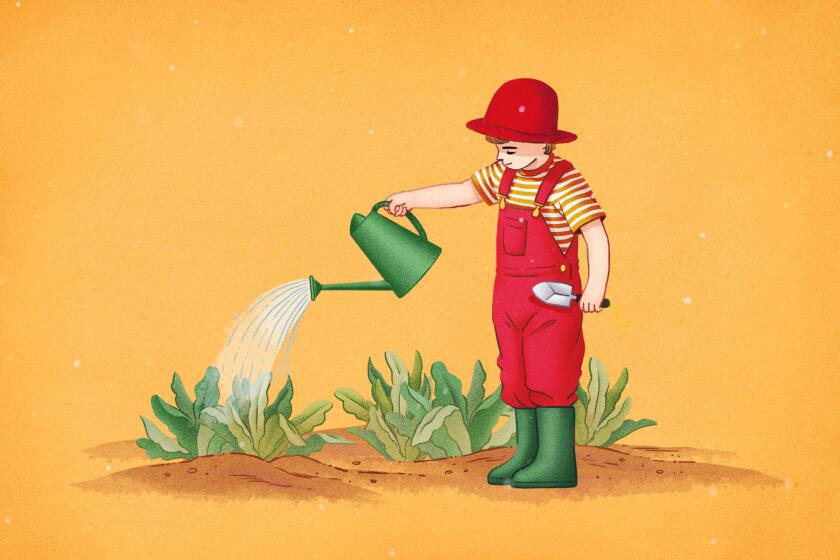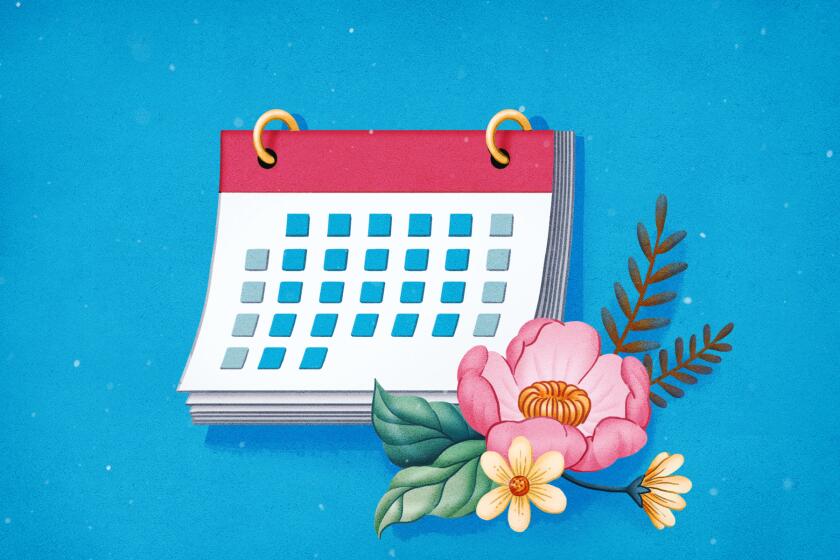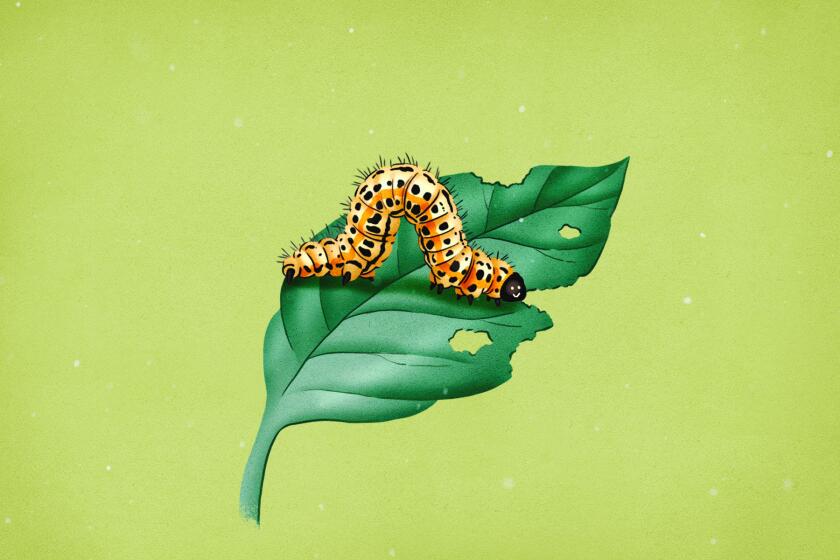A short history of the victory garden, or how to get through the COVID-19 crisis by planting your own food
It’s no surprise we’re embracing victory gardens today: During both world wars, patriotic Americans kept the home fires burning — and their soldiers fed — by converting any available space into a garden. It was an act of defiance and self-reliance with a shovel and a hoe.
The “enemy” today is COVID-19, and between illness and stay-at-home restrictions around the world, there are already concerns about how our food supplies will be affected. Just consider: Who’s out there planting now? Who will harvest? And how will the crops get to our markets?
It’s time to stop wringing your hands over COVID-19: Plant some food and create your own victory garden. Here are eight steps to get started.
Growing food is one small thing we can do to regain control and help ourselves — a way to improve our mental and physical health during an optimum time for starting a vegetable garden.
The first victory gardens — initially called war gardens — started around the same time of the year, in March of 1917, a month before the United States entered World War I.
Initially it was a call for all Americans to plant produce in their yards and vacant lots, even nearby parks and fields, to free up food for our starving allies abroad. When the U.S. joined those allies and entered the war, the issue became graver: How to feed our soldiers as well as the folks back home.
The challenge was to find a way to get ordinary, non-farming folks involved in growing their own food, wrote timber tycoon Charles Lathrop Pack, who organized the National War Garden Commission.
Many small nurseries have closed to visitors due to coronavirus, but you can still safely shop for plants online with a little planning and lots of patience, since most nurseries are working with reduced staff to get your orders ready for pickup.
“Oddly enough, it is usually hardest to influence man for his own benefit. The matter of home food production was no exception to the rule,” Pack wrote in his 1919 memoir, “The War Garden Victorious.”
“Before the people would spring to the hoe, as they instinctively sprang to the rifle, they had to be shown, and shown conclusively, that the bearing of the one implement was as patriotic a duty as the carrying of the other. Only persistent publicity, only continual preachment, could convince the public of that.”
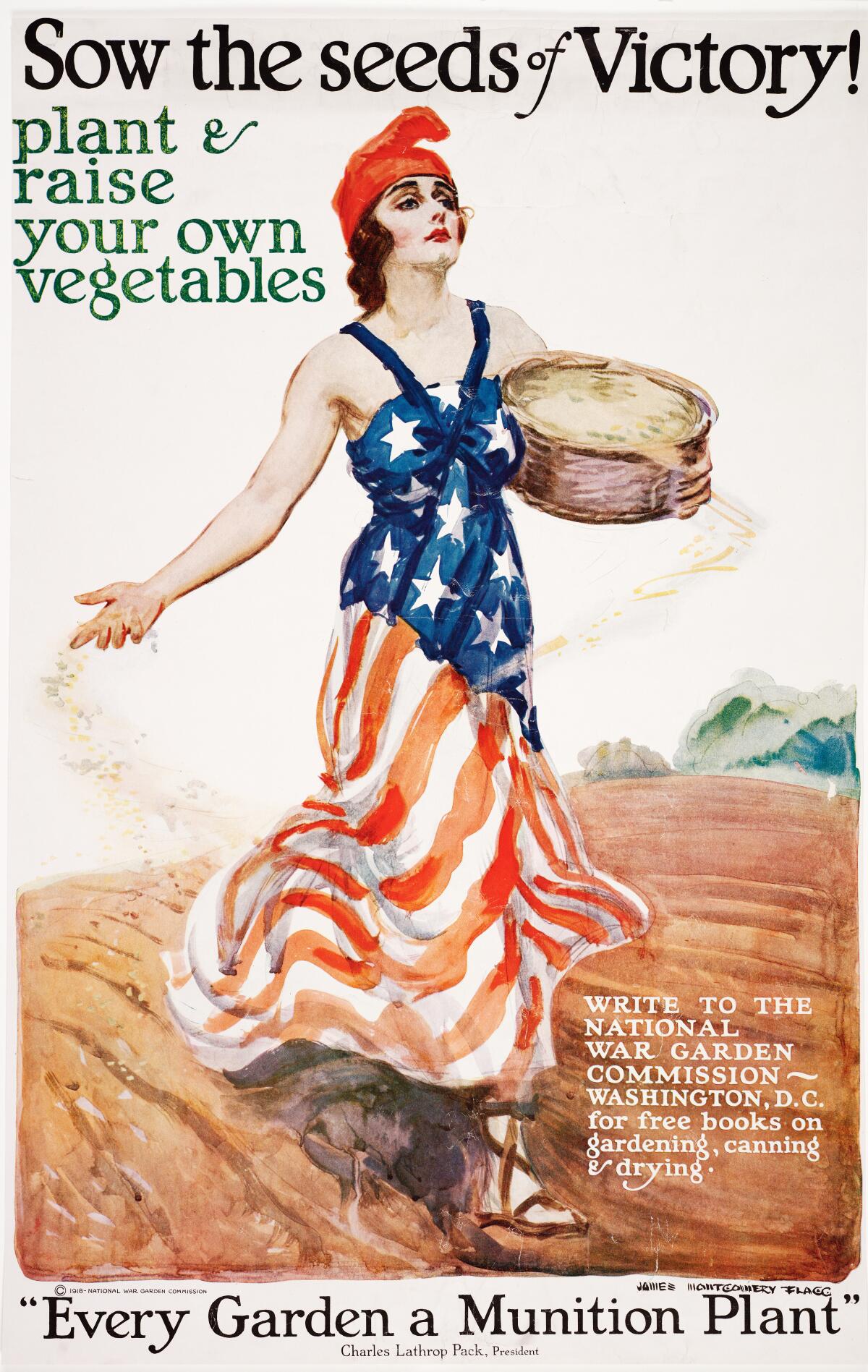
Thus began months of earnest “preachment,” and homebound Yanks responded with enthusiasm, much like their counterparts in Canada, Australia and the United Kingdom. Eventually war gardens became known as victory gardens and even children were pressed into service, through the U.S. Bureau of Education’s United States School Garden Army.
Don’t stress—make a garden. Here’s what to plant in SoCal now
In August of 1917, a Quaker-raised, Stanford-educated engineer millionaire named Herbert Hoover — yes, the same Hoover who was president at the start of the Great Depression — took over the newly formed U.S. Food Administration to regulate the production, distribution and conservation of food to soldiers, allies and the folks at home.
According to the National Archives, Hoover refused to accept a salary as the country’s new “food dictator,” arguing it “would give him the moral authority he needed to ask the American people to sacrifice to support the war effort.”
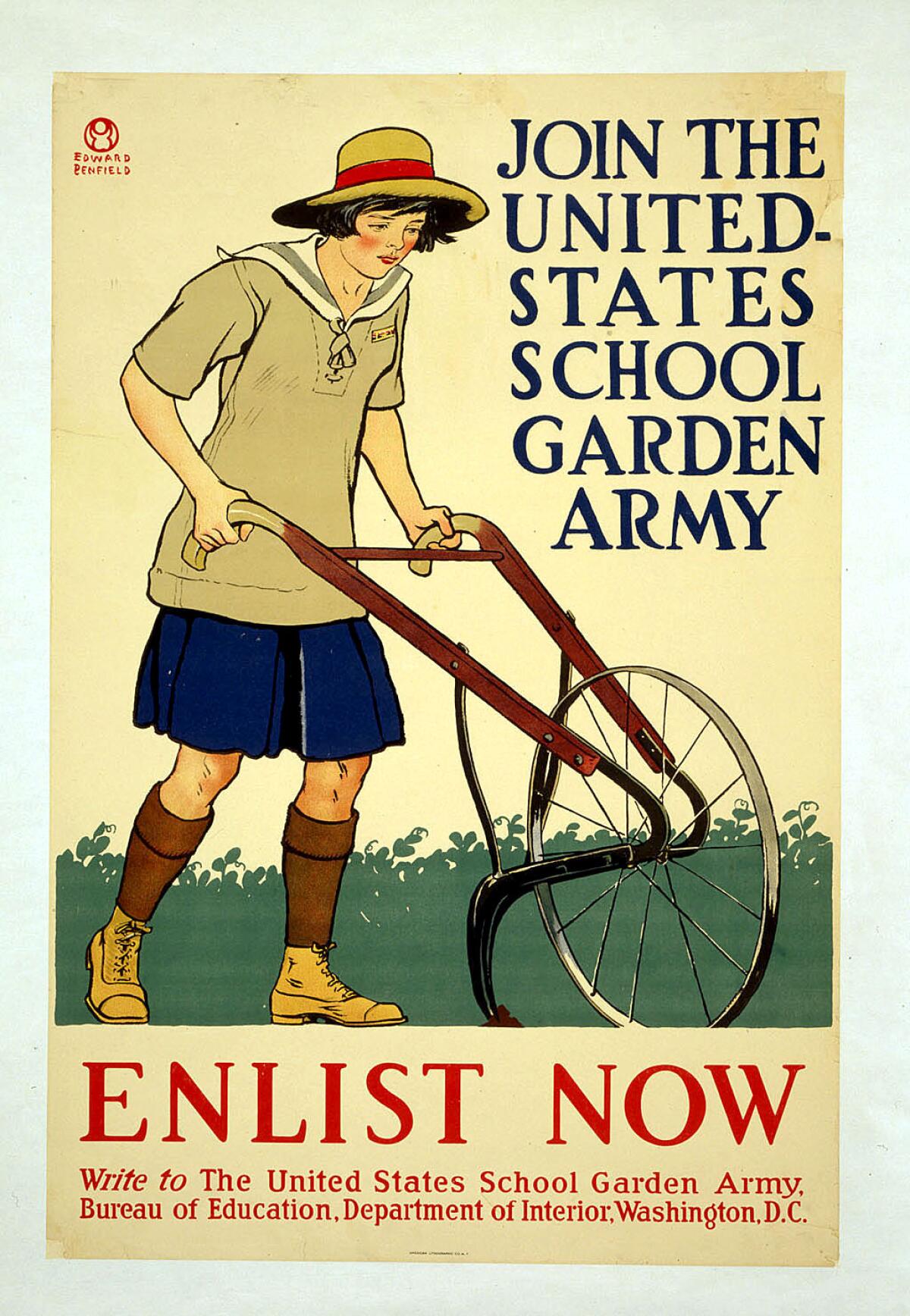
President Woodrow Wilson declared, “Food will win the war,” but Hoover correctly believed Americans would respond better to patriotic pleas than coercion. Within weeks, housewives were signing pledge cards to conserve food and embracing wheatless Mondays, meatless Tuesdays and porkless Saturdays, according to the National Archives.
Schoolchildren — already facing a brave new culinary world of “sugarless candy, whale meat and horse steaks,” according to the archives — were asked to sign their own, rather tortured pledge:
At table I’ll not leave a scrap of food upon my plate,
And I’ll not eat between meals, but for supper time I’ll wait.
One wonders how they got children to the table at all, with those menu items, but by 1918, according to the archives, “the United States was exporting three times as much breadstuffs, meat and sugar as it had prior to the war.”
Victory gardens resurfaced during World War II, when many foods were rationed to make sure we had enough to feed our troops. Once again, growing a garden was a sign of patriotism, but it was also a kind of defiant gesture, a way to take back some control over fractured lives.
Which sounds like a winning recipe for making do today.
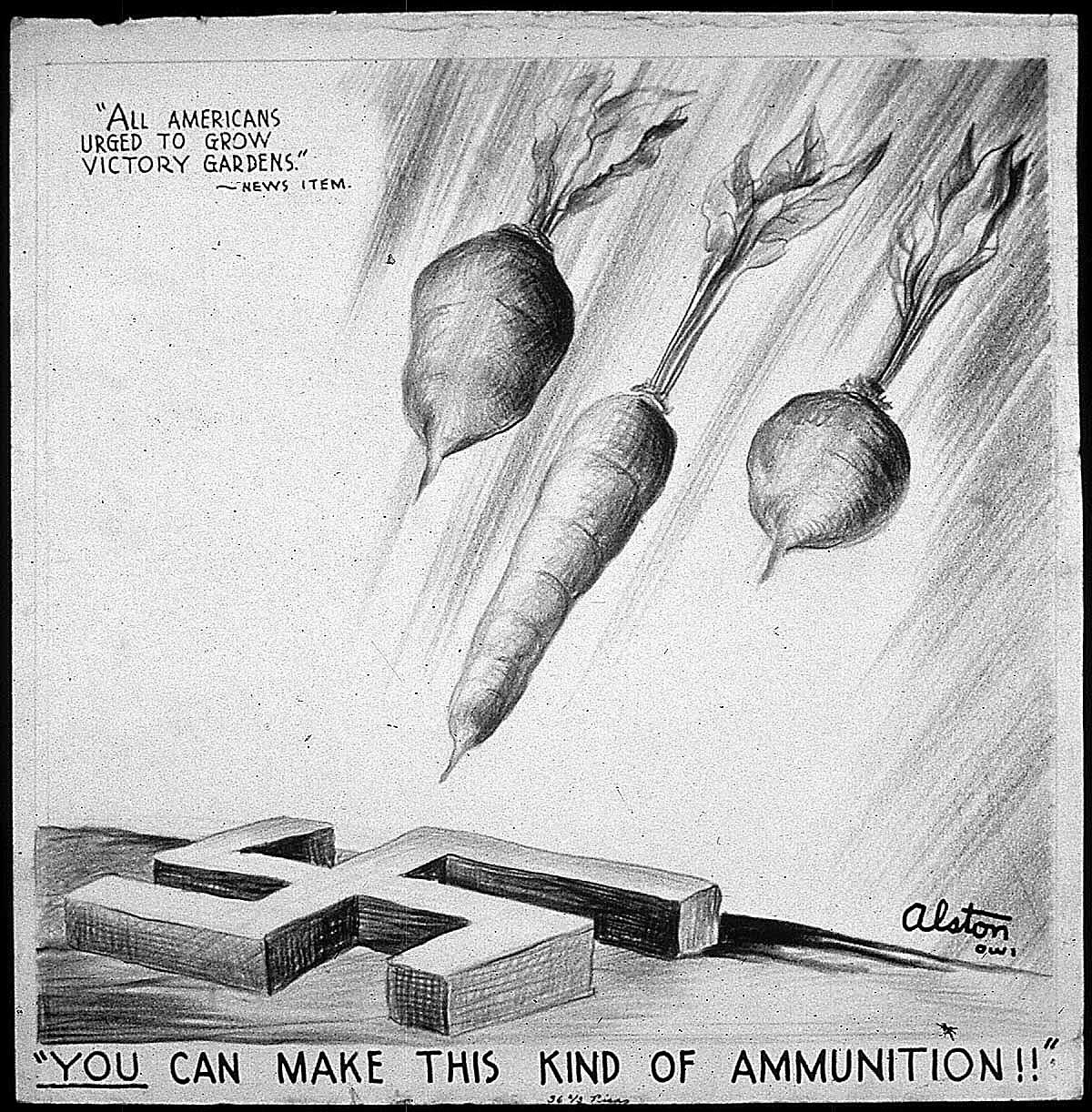

While stuck at home during this pandemic, we’ve found plants and gardening to be an unexpected source of relief. What exactly is going on in our brains when we spend time in the company of plants? We look into the science behind how plants can reduce stress and anxiety and help us feel connected to the outside world.
The right plants to pick for the tiny gardener in your life.
An annual is a plant that lives and dies in one growing season. A perennial regrows year after year. You should have both in your garden, and here’s why.
The best pest control is keeping your plants well-fed and hydrated. Here’s how to treat and prevent pest outbreaks.
More to Read
Sign up for The Wild
We’ll help you find the best places to hike, bike and run, as well as the perfect silent spots for meditation and yoga.
You may occasionally receive promotional content from the Los Angeles Times.
